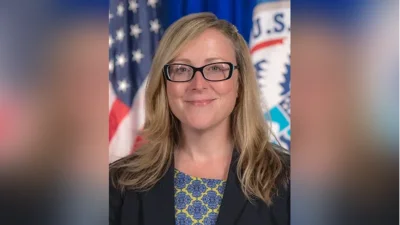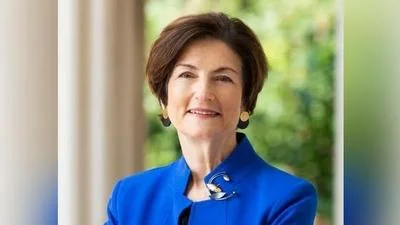Rabbi Dr. Ari Berman, President and Rosh Yeshiva | Yeshiva University
Rabbi Dr. Ari Berman, President and Rosh Yeshiva | Yeshiva University
Dr. Emil Prodan, a physics professor at the Katz School, and Dr. Camelia Prodan from the New Jersey Institute of Technology have made significant strides in understanding topological metals. Their study, published in Nature Communications, explores these materials that lack energy band gaps using advanced mathematical tools.
Topological metals are known for their complex properties due to the absence of clean separations in their energy bands. Unlike insulators and semimetals, they do not exhibit distinct boundary effects easily identifiable through traditional methods. This complexity has long confined topological metals to theoretical speculation.
The researchers applied a method called the spectral localizer, derived from C*-algebras and K-theory, which allows for real-space descriptions of materials rather than traditional band theories. "Think of it as switching from a bird's-eye view of a landscape...to a ground-level inspection," explained Camelia Prodan.
Their approach was tested on acoustic crystals—materials manipulating sound waves instead of electrons—by combining two layers: an SSH lattice and a monatomic lattice. This combination resulted in a gapless acoustic topological metal that maintained chiral symmetry crucial for identifying topological states.
Despite its gapless nature, the system exhibited boundary-localized states where sound waves concentrated at edges or interfaces, unaffected by bulk behavior—a phenomenon confirmed using the spectral localizer.
"This discovery isn’t just a milestone in understanding materials science—it’s a gateway to a new class of materials with potential applications across various fields," stated Emil Prodan. Potential applications include advanced electronics, acoustic technologies like noise cancellation or medical imaging, and quantum computing.
The methodologies developed could apply beyond acoustic crystals to various natural and artificial materials with complex properties. "This discovery is a testament to the power of interdisciplinary innovation," said Camelia Prodan.






 Alerts Sign-up
Alerts Sign-up